3D Printed Prosthetics
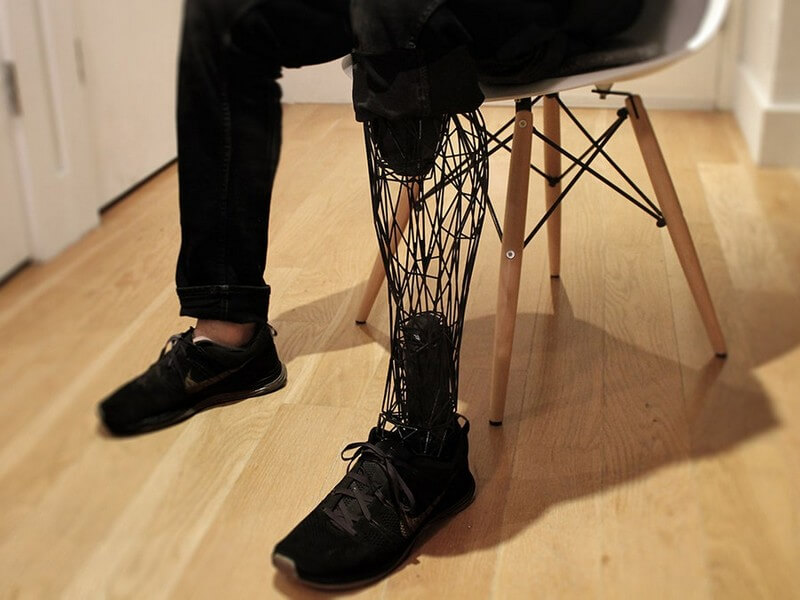
Losing a limb is tragic and traumatic, but a bevy of companies are using the power of 3D printers to bring high design to a backwater of medical devices. Bespoke Innovation treats artificial limbs like works of art and the e-Nable project uses low-cost 3D printers to create high-power hands.

Now William Root, a recent graduate from the Pratt Institute in New York City, has developed a system to 3D print super-lightweight prosthetic legs with stealth styling. Called Exo, Root’s prosthetic concept combines his interests in aesthetics and biomechatronics, as well as inquiries into the preferences of amputees.
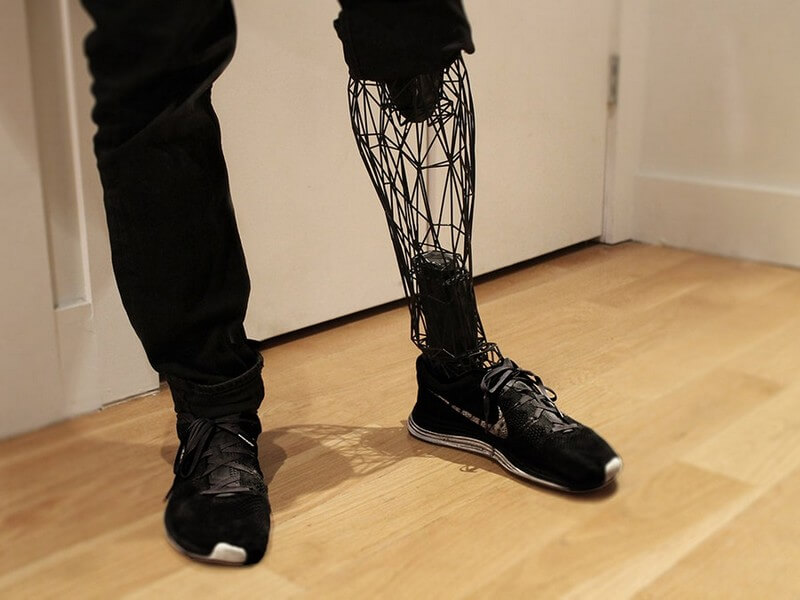
In his research it became clear to him that there is a lot wrong with how designers typically try to approach a prosthetic limb and how the industry goes about making prostheses. Also prostheses are not aesthetically pleasing, extremely expensive, and difficult to produce.
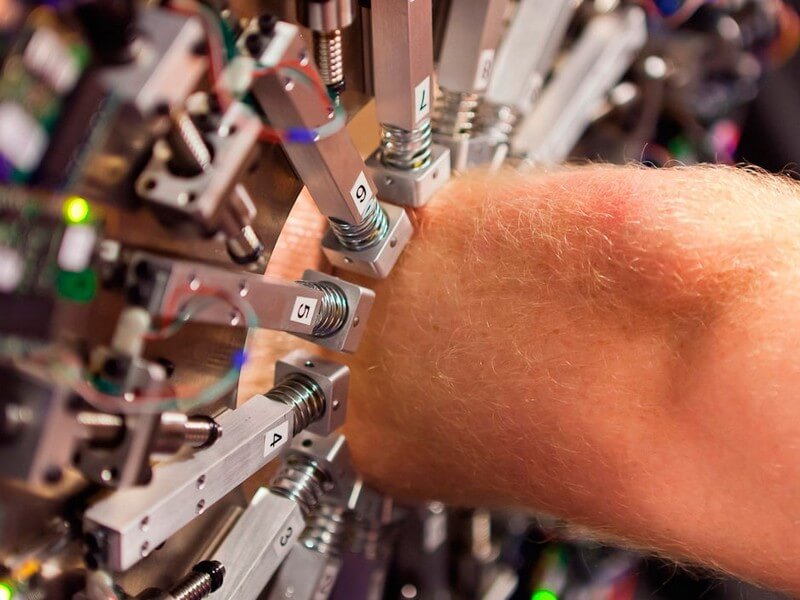
Root’s improved process starts by making a scan of the patient’s anatomy. He envisions using a technology from MIT’s Biomechatronics lab called FitSocket which uses an array of pressure sensors to gauge the softness or stiffness of a patient’s remaining tissue. With this data, a nearly perfect “socket,” the term for the interface between the patient’s body and prosthetic, can be manufactured.
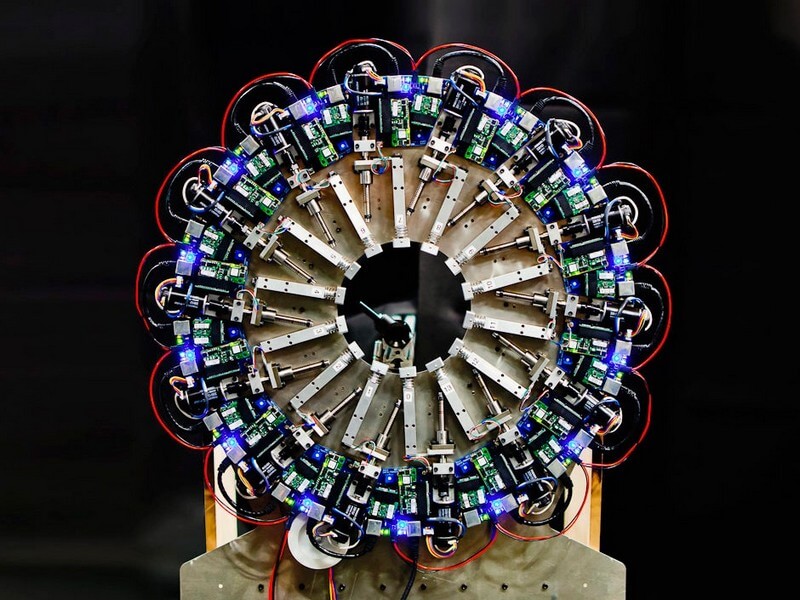
Using the same data, Root would extrapolate a 3D model of patient’s full leg which is turned into a triangulated mesh. “It has the maximum strength for the least amount of material with the added benefit of looking really slick,” says Root. A stress analysis tool helps determine weak-points on the model and software increases the mesh density of the structure to compensate. Though Root notes further analysis of the weight distribution and point loads will be needed to create a fully functioning limb.
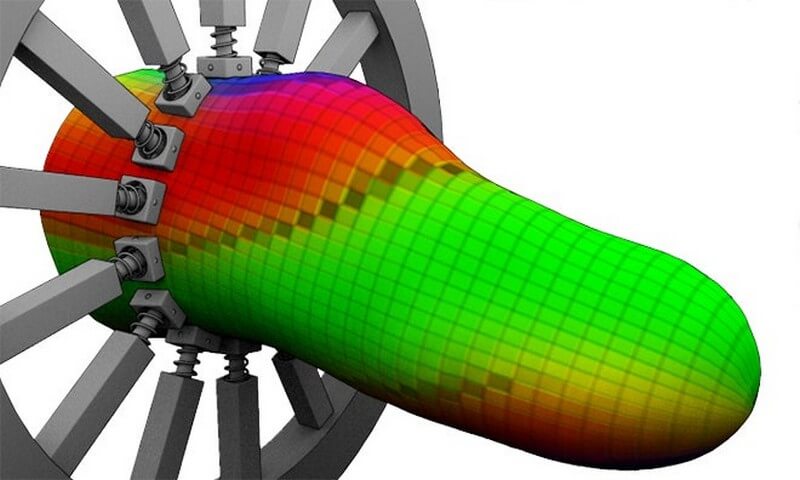
The result is a jet black prosthetic made from sintered titanium powder or high-strength plastic that makes the wearer look as if they’re materializing from a video game. “Prosthetic limbs are stigmatized because they are so inhuman; most aftermarket companies that try to address this problem attempt to create a realistic-looking leg, which crosses into the uncanny valley,” says Root.
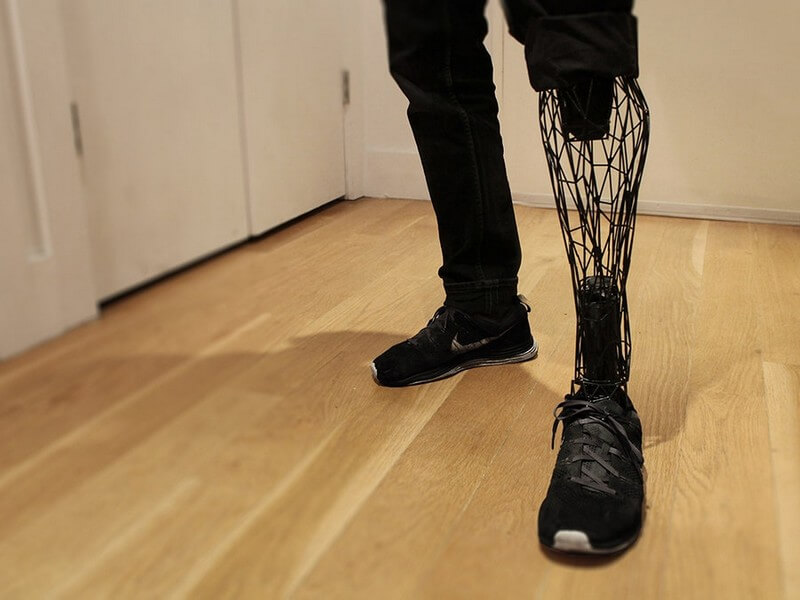
To Root, legs made from flesh-colored rubber are a symptom of a thought process where prosthetics are considered mass produced products rather than the ultimate form of wearable. “With prostheses you are essentially designing a person, their body already dictates the form,” he says. “Each leg needs to be as unique as its owner.” He envisions future iterations of Exo where colors or patterns of the mesh could be modified to suit the wearer’s personal sense of style.
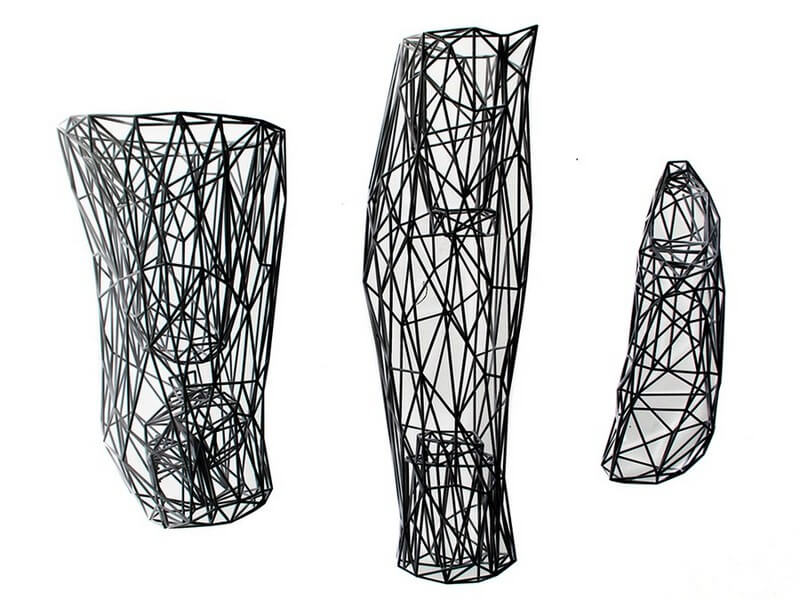




























Comments